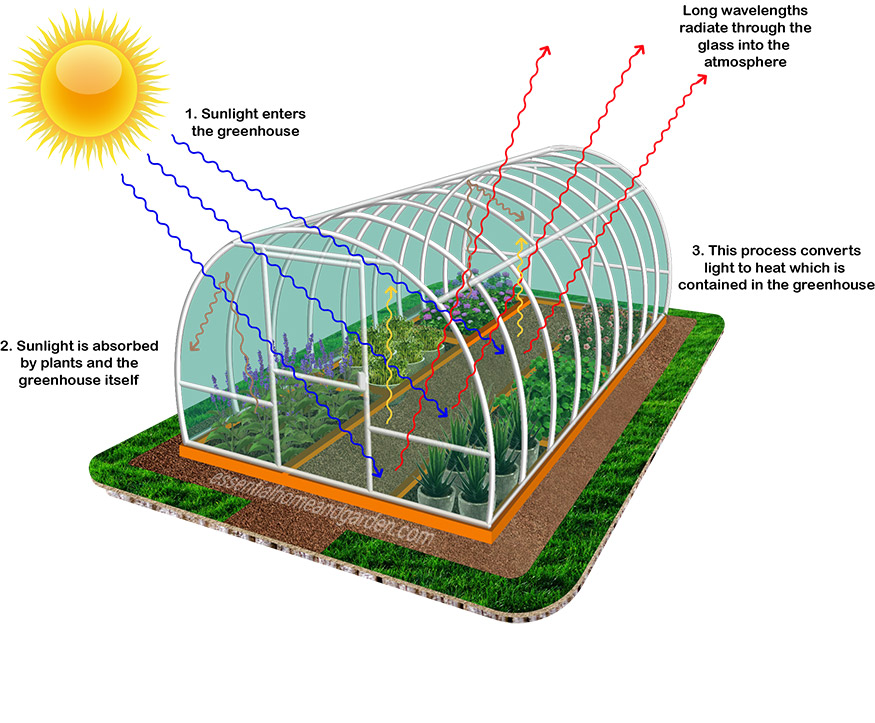Building a small greenhouse in a cold climate like Canada requires special considerations to ensure it can withstand harsh weather while providing an optimal growing environment. Here’s a step-by-step guide to help you build a greenhouse suited for cold climates:
1. Planning and Design
- Size and Location: Choose a location with maximum sun exposure and good drainage. Ensure it’s not in the shade of large trees or buildings.
- Orientation: Orient the greenhouse to maximize sunlight, ideally with the longest side facing south.
- Type: Consider a small, insulated greenhouse or a high tunnel design. For extreme cold, a geodesic dome or A-frame may be more resilient.
2. Materials
- Frame: Use durable materials like pressure-treated wood, galvanized steel, or aluminum. Steel or aluminum are preferable for their strength and resistance to weather.
- Covering: Use double or triple-wall polycarbonate panels for excellent insulation, or UV-resistant greenhouse plastic with bubble wrap for additional insulation. Avoid single-layer plastics as they offer poor insulation in cold climates.
3. Foundation
- Type: A concrete or gravel foundation is ideal for stability and drainage. For a simpler option, use treated wood or pressure-treated lumber for a raised base.
- Insulation: Insulate the foundation with rigid foam board to prevent heat loss through the ground.
4. Construction
- Foundation: Lay a foundation of gravel or concrete, ensuring it’s level.
- Frame Assembly: Assemble the frame based on your design. Ensure it’s securely anchored to withstand high winds and heavy snow loads.
- Covering Installation: Attach the polycarbonate panels or plastic sheeting to the frame. Make sure all seams are sealed properly to prevent drafts.
5. Ventilation
- Passive Ventilation: Install roof vents and side vents to allow for natural airflow. For cold climates, you might want to use smaller, adjustable vents to retain heat.
- Active Ventilation: Consider adding a small fan or an automated ventilation system to maintain air circulation and reduce humidity.
6. Heating
- Supplemental Heat: In cold climates, you’ll need supplemental heating. Options include electric heaters, propane heaters, or a small wood stove. Use a thermostat to regulate the temperature.
- Thermal Mass: Add materials like water barrels or stones that absorb heat during the day and release it at night to help maintain a stable temperature.
7. Insulation and Energy Efficiency
- Insulation: Use thermal screens or bubble wrap on the interior to add an extra layer of insulation during the coldest months.
- Energy Efficiency: Install weather stripping on doors and vents to reduce heat loss. Consider adding a thermal curtain or shade cloth for additional insulation at night.
8. Watering System
- Self-Watering: Implement a rainwater harvesting system or an irrigation system with timers to manage watering efficiently.
9. Maintenance
- Snow Removal: Regularly remove snow from the roof to prevent collapse. Install a roof rake or an automated snow removal system.
- Cleaning: Keep the greenhouse clean to maximize light penetration. Remove any debris or algae from the coverings.
10. Additional Considerations
- Cold Frames: Add cold frames or row covers inside the greenhouse for extra protection on especially cold nights.
- Grow Lights: Consider using grow lights during the darker months to ensure plants get enough light.
Example Resources and Kits
- DIY Kits: Look for greenhouse kits specifically designed for cold climates, which often come with built-in insulation and sturdier frames.
- Books and Guides: Refer to books like “The Winter Harvest Handbook” by Eliot Coleman for tips on growing in cold environments.
Building a greenhouse in a cold climate involves careful planning and the right materials to ensure durability and functionality. By following these steps, you can create a productive growing space that will thrive even in harsh weather conditions.


